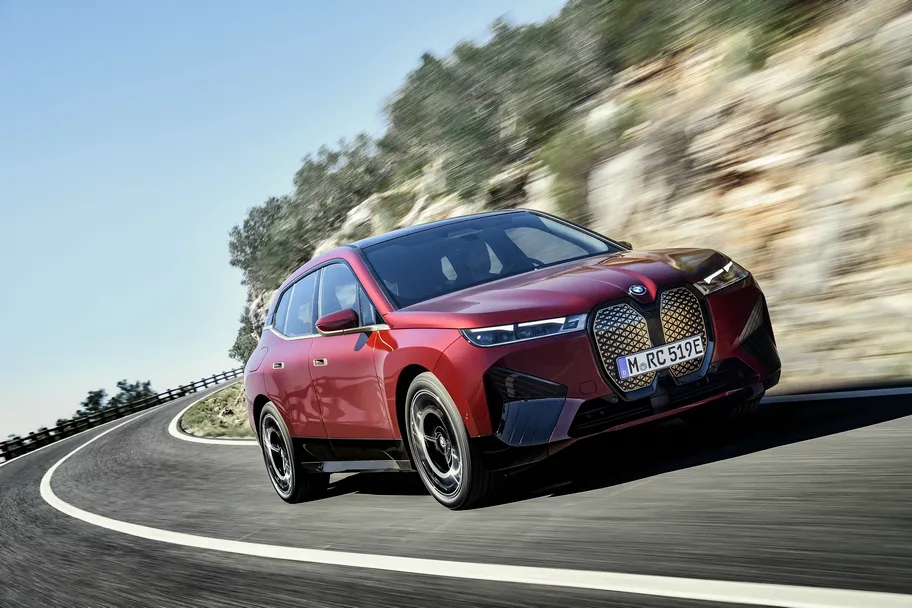Author: Michelin
Digitalization and luxury seem to be two parallel worlds. “Luxury” is like a meticulous gentleman with exquisite details and attitude, while in the digital world, popular and borderless settings seem to be more recognized.
The combination of cars and the Internet provides an opportunity for the unfamiliar creatures of luxury and digitalization to meet and even begin to blend together.
In the traditional field of automotive performance, luxury brands lead the development and transformation of cars through the century-long precipitation of power technology and design concepts. Newcomers need to face high technical barriers. In the digital world, there is never a shortage of followers. Whether it is the familiar PC side or the mobile phone side, rapid iteration and obvious homogenization are the characteristics of digitalization.
At the Innovation Day on August 17th, BMW showcased their digital technology intricacies. The intuitive feeling after seeing it is: BMW is clearly not a digital follower.
“Compared with purchasing digital leadership, it is much easier to purchase digital capabilities.”
In the digital transformation of automobiles, it seems easy to keep up with the pace: popular big screen control, just make a big screen control; popular simplicity, just remove the physical buttons in the cabin… The relative low threshold makes many digital capabilities available through “buy, buy, buy” and solving them through suppliers.
However, it is precisely because of this that to not follow the trend, find one’s own brand “soul,” and even establish digital leadership capabilities, more effort must be made.
At the beginning of the year, BMW released their new generation of the iDrive 8.0 system and the pure electric flagship BMW iX. As the latest representative of BMW digitalization, we can see iDrive 8.0’s new UI interface, intelligent voice system, and the highly intelligent auxiliary driving function of iX. What about those unseen and behind-the-scenes efforts?
To ensure the smooth implementation of the auxiliary driving function, a BMW iX needs to be equipped with more than 40 sensors that collect information and process data in real-time. This huge amount of data is 10-20 times that of previous models.
To ensure the rapid transmission of data, BMW iX uses a gigabit Ethernet to increase the transmission rate to 30Gbit/s, while using different communication protocols to ensure the accuracy and reliability of the data. From BMW’s first application of Ethernet on the car in 2008 to the first use of gigabit Ethernet in the vehicle bus system on the BMW iX, it has gone through more than ten years of technological iteration and precipitation.
To enable vehicles to be seamlessly connected to everything and receive external information, BMW iX integrates a 5G eSIM card into the vehicle hardware, becoming a networked car born with stable and reliable “5G” skills.
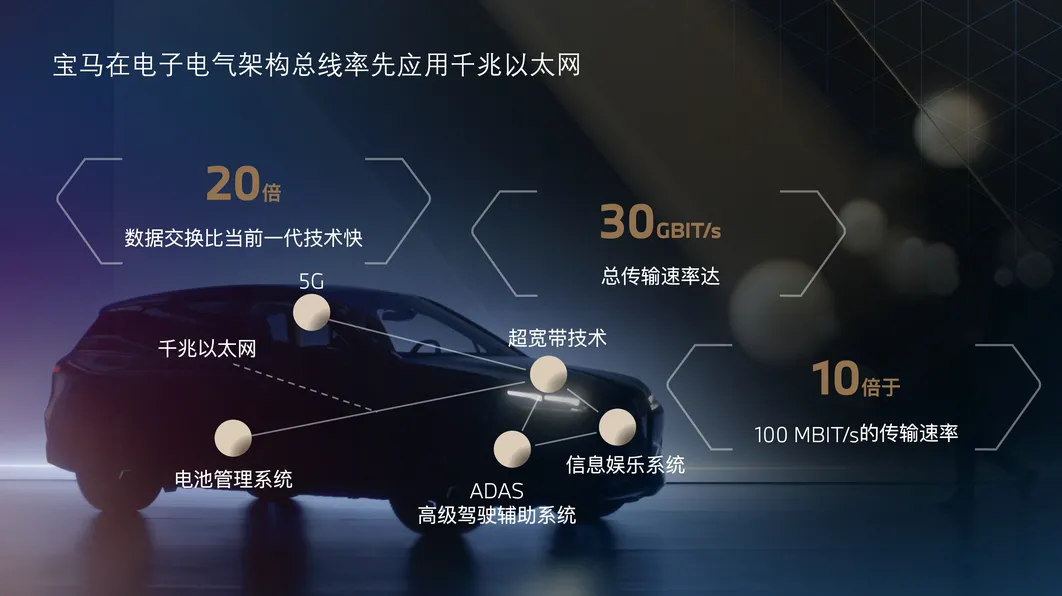
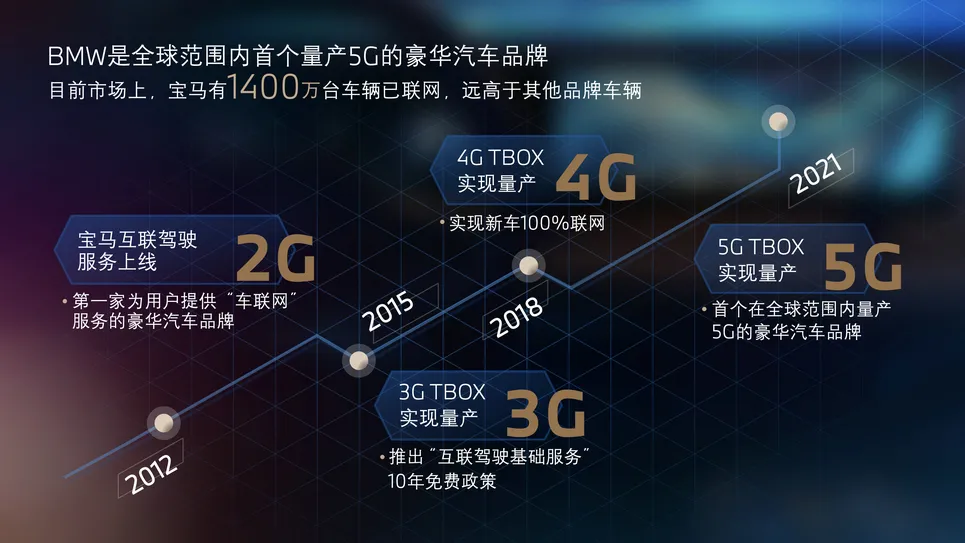
Even our familiar digital keys rely on the support of underlying technology. In order to get rid of the limitation of keychains and enable the feature of entering the car without taking out the phone, BMW Digital Key Plus uses short-range, high-bandwidth ultra-wideband (UWB) technology, with positioning accuracy up to 1-2 cm, to ensure the security of digital keys and avoid the danger of opening the car door when someone is not near.
By introducing these invisible and intangible underlying technologies into cars, BMW has become like an “infrastructure maniac” in the automotive industry:
-
10G Ethernet is like a high-speed railway, improving data transmission speed;
-
5G connectivity technology is like a crisscrossing highway, establishing a channel for vehicles to connect with the outside world;
-
UWB technology and CCC 3.0 communication standard are like the “SkyNet system” of cars, holding the safety lifeline of digitalized cars.
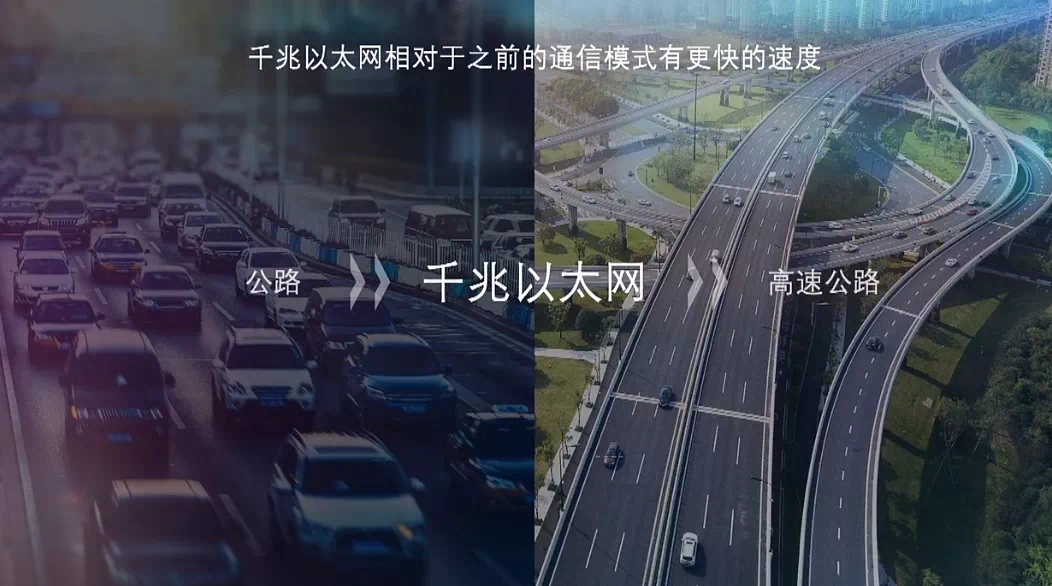
As Mr. Jochen Goller, President and CEO of BMW Greater China, mentioned in the 2020 BMW China Digital Experience Media Communication Meeting, “Only by integrating digitalization into R&D, manufacturing, in-car digital experience and the countless touchpoints along the customer journey, can we build our own digital soft power”.
What is a luxury digital travel experience?
The support of underlying technology shows us the possibility of digital applications. Facing the homogenization trend of large screens, voice control, and physical button elimination, what is the difference between adding luxury to digitalization or adding digitalization to luxury?
Although in our daily life, we use the same internet and mobile services, in a semi-closed cabin, as digital power replaces traditional engines, whether a car is luxurious or affordable, sporty or family-friendly, to some extent depends on digital elements to convey. The result of this combination of luxury and digitalization is: you have me in you, and I have you in me. This is the luxury digital travel experience of BMW.
With the support of brand attributes, digitalization is more “personality”.
In the new UI/UX design of the brand-new BMW iDrive, we can see the existence of geometric lines, like light reflected by carefully cut diamonds. This is not just for aesthetics and technology, but also for the “oblique angle” design which responds throughout the cabin:
The car speedometer is arranged with “oblique cutting angle” lines, the small indicator bar in the upper right corner of the central control screen is “cropped” in the lower left corner, the oblique lines on the steering wheel, and the cutting marks on the periphery of the crystal knob… The same “oblique cutting angle” element allows software and hardware to harmoniously respond in the cabin, with unified style. The handling of details makes digitization also exquisite and elegant.
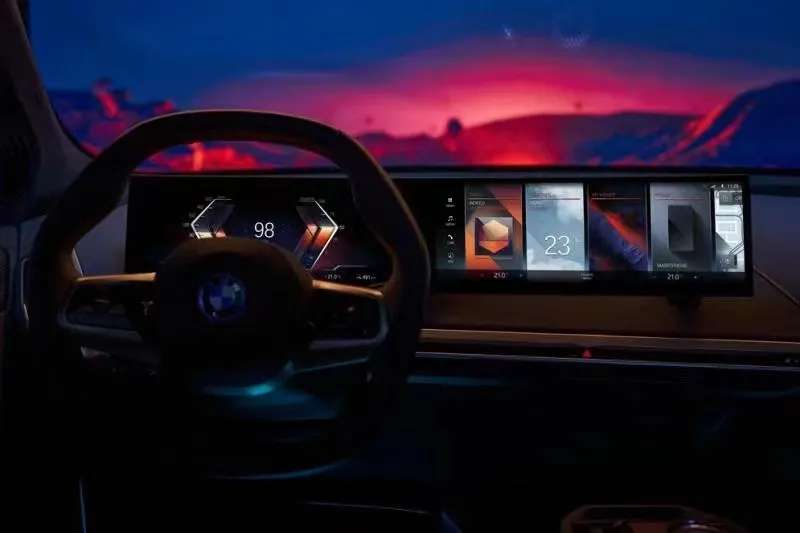
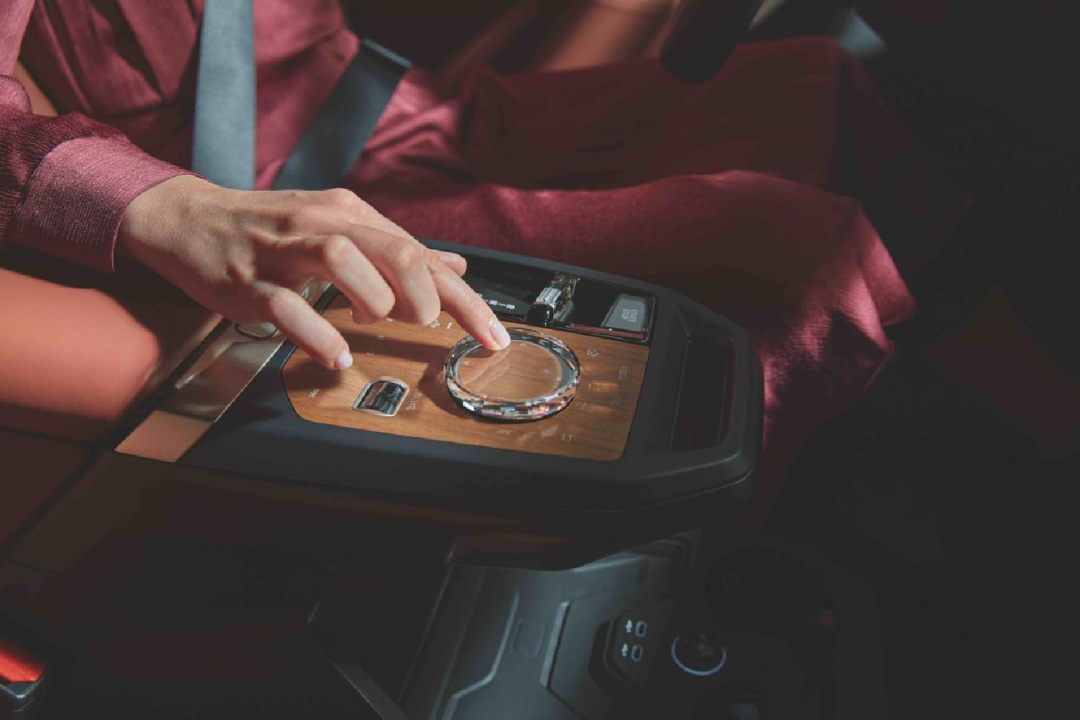
In BMW’s own words: car design is a whole, and design should start with emotions.
Digitization brings luxury brands closer to users
If luxury brands used to have a high-and-mighty image in the face of users, the introduction of digitization has made luxury brands more approachable and focused on the needs of users. In the design of the new BMW iDrive HMI system for human-machine interaction, nearly 700 hours of interviews were conducted in China at the outset, based on the behavior, psychology, and sociological background of Chinese users, to design the interactive interface. For China’s more youthful Bimmers, a customized smart personal assistant is specially designed to make the voice more comfortable to listen to.
For the integration of ecological functions into the car, BMW offers three different ways:
The first is deep customization to ensure that the focus is on the best in-car experience, such as QQ Music and Himalaya. Deeply customized QQ Music, with homepage, lyrics page, album cover, and other visual effects, is unified with the style of the new BMW iDrive.
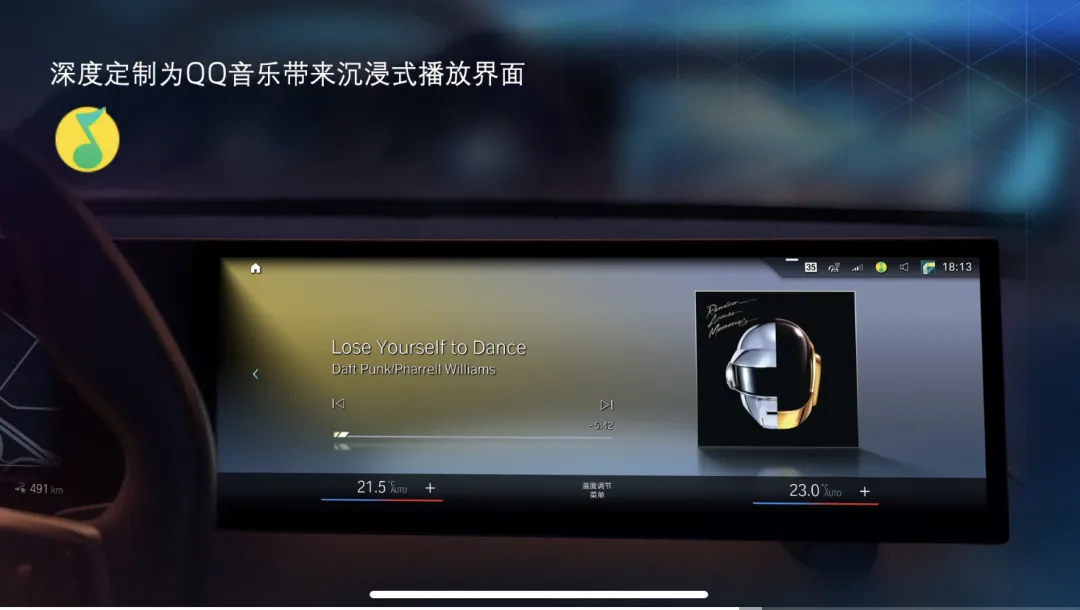
The second is to use and integrate platforms to quickly bring in rich services, such as the Tencent mini-program platform that we are familiar with. Like the WeChat mini-programs on the mobile phone, this integrated platform allows the application to “lightweight” on the car, without the need to download an app for each feature.
The third is through projection mode, such as Apple CarPlay, which allows BMW users to smoothly connect with the familiar iOS experience on the car.
Even luxury brands are closely following the trend of software subscriptions, hardware pre-embedding, and even user communities that new car makers are good at playing with.
Since the launch of BMW Operating System 7.0 in 2018, BMW owners have been able to install the latest software to their vehicles anytime, anywhere, through remote software upgrades. In 2020, BMW Group has launched the largest remote software upgrade in the European automotive industry. By the end of 2021, it is expected that 2.5 million BMW vehicles worldwide can receive remote software upgrades, representing the world’s largest fleet capable of remote software upgrades. In China, the number will exceed 900,000 vehicles. At the same time, BMW Group has launched on-demand subscriptions, where users can purchase new functions online and install them to their cars via OTA.
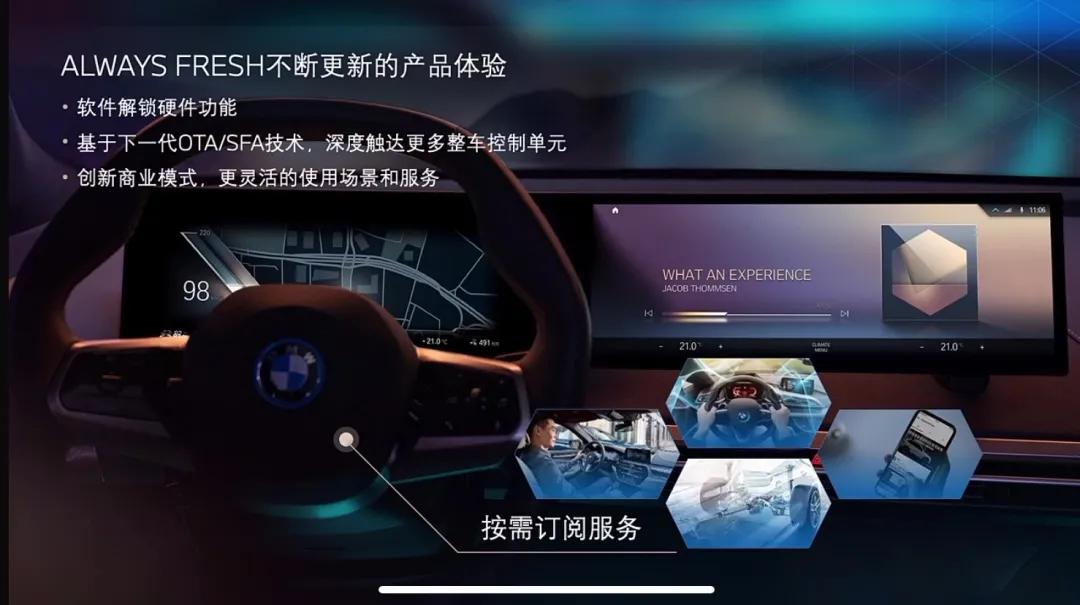
My BMW App, launched in China, is co-developed by Digital Yulian Information Technology Co., Ltd. and BMW China R&D team, tailored to meet the digital needs of Chinese users. It has added new sections such as community and membership.
Since its launch in September 2020, by the end of July this year, the total number of My BMW App users has exceeded 2.3 million, becoming an important channel for connecting car owners, fans, and BMW’s ecosystem. From traditional small-scale offline car clubs to brand online user communities, in the digital age, the interaction between brands and users has become more frequent and direct, which has also become a trend.
Finally
Digitalization has allowed automakers to stand on a new starting line. Facing the same trend of Internet of Things technology, just like facing a pile of Lego basic components, the foundational technology is like solid base blocks. On top of the foundation, the brand can only give itself a “soul” to build its own products and gain competitiveness in the market.
In this digital transformation, the new BMW iDrive and innovative BMW iX are BMW’s response to the luxury brand. It is a design attitude that combines software and hardware, details and overall design.
This article is a translation by ChatGPT of a Chinese report from 42HOW. If you have any questions about it, please email bd@42how.com.
